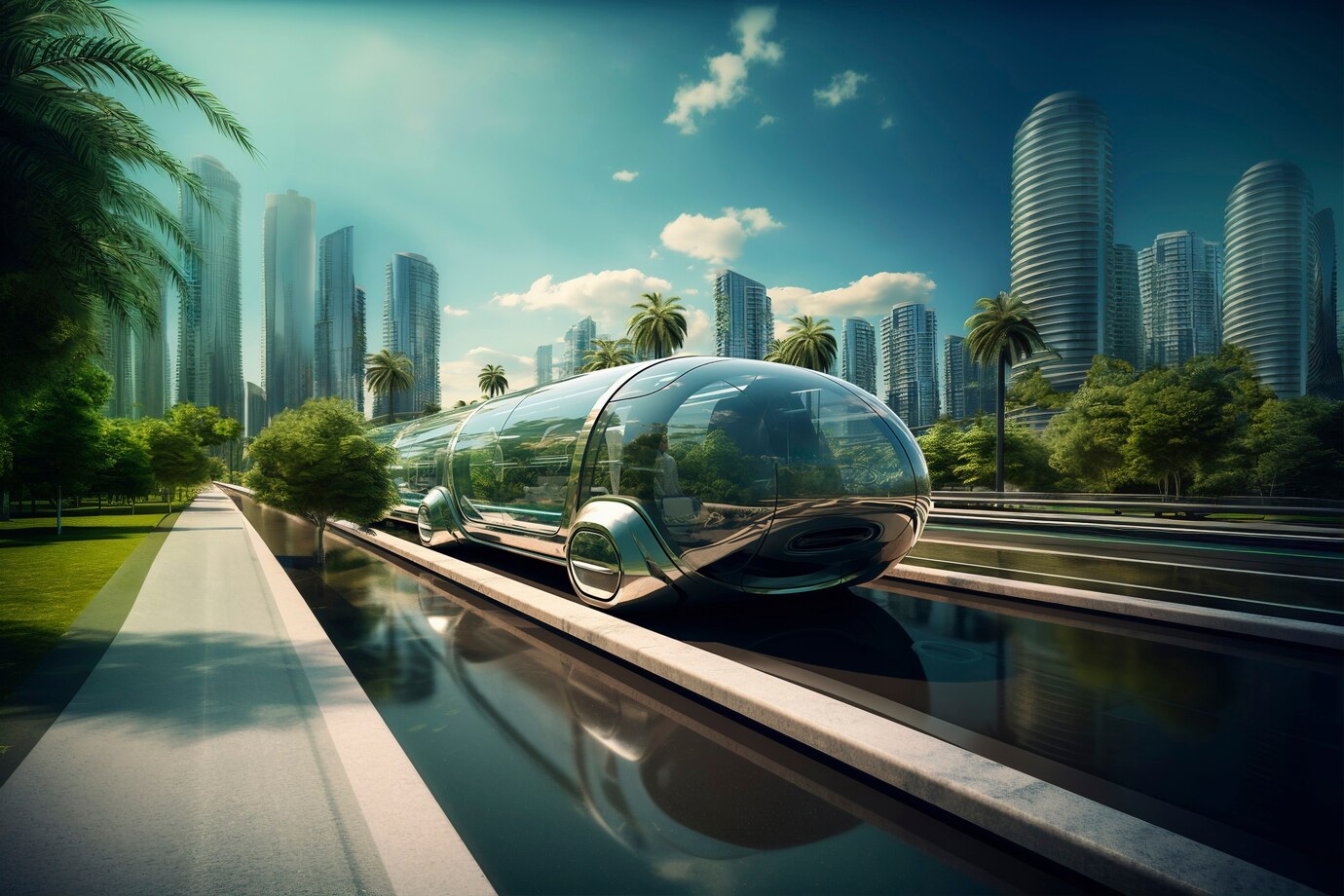Hyperloop: The Next Big Thing in Transportation?
The Hyperloop is poised to redefine transportation with its ultra-fast, energy-efficient travel system. Using low-pressure tubes and magnetic levitation, it promises to cut travel times drastically while promoting sustainability. However, challenges like cost, safety, and regulations must be overcome before it becomes a reality. Tags:
The future of transportation is speeding towards a revolution, and at the forefront of this change is the Hyperloop. Conceived by Elon Musk and further developed by companies like Virgin Hyperloop and HyperloopTT, this futuristic mode of transport aims to redefine how we travel. But is the Hyperloop truly the next big thing in transportation? Let’s explore its potential, challenges, and impact on the world.
The Hyperloop is a high-speed transportation system that uses low-pressure tubes to transport passenger or cargo pods at speeds exceeding 700 mph (1,127 km/h). These pods levitate using magnetic or air-based suspension systems, minimizing friction and air resistance. The concept is often compared to a vacuum-sealed train but with much greater efficiency and speed.
One of the most significant advantages of the Hyperloop is its unprecedented speed. A trip from Los Angeles to San Francisco, which currently takes about six hours by car, could be completed in just 30 minutes. Additionally, Hyperloop systems are expected to run on renewable energy sources like solar and wind, making them a greener alternative to traditional transportation methods. As an alternative to highways and air travel, the Hyperloop could also help decongest cities and offer a faster commute. By linking major cities in record time, it has the potential to boost trade, tourism, and economic collaboration.
Despite these benefits, several challenges stand in the way of Hyperloop development. The infrastructure required for building Hyperloop networks is expensive, and securing the necessary funding remains a significant hurdle. Safety is another major concern, as traveling at ultra-high speeds in a vacuum tube presents risks such as structural integrity, emergency exits, and system failures. Additionally, governments and regulatory bodies need to establish safety standards and legal frameworks before the Hyperloop can become a mainstream transportation option. As with any new technology, gaining the trust of the public and potential passengers will take time and extensive testing.
Despite these obstacles, the Hyperloop has the potential to revolutionize transportation. Companies are conducting feasibility studies and building test tracks, and governments are beginning to take the concept seriously. If successful, the Hyperloop could mark the beginning of an era where ultra-fast, sustainable, and efficient travel becomes the norm. More than just a futuristic dream, the Hyperloop is a tangible step toward redefining mobility. While it may take years before we see fully operational routes, the progress being made suggests that the Hyperloop could indeed be the next big thing in transportation.
.png)






Leave a Comment
Your email address will not be published. Required fields are marked *